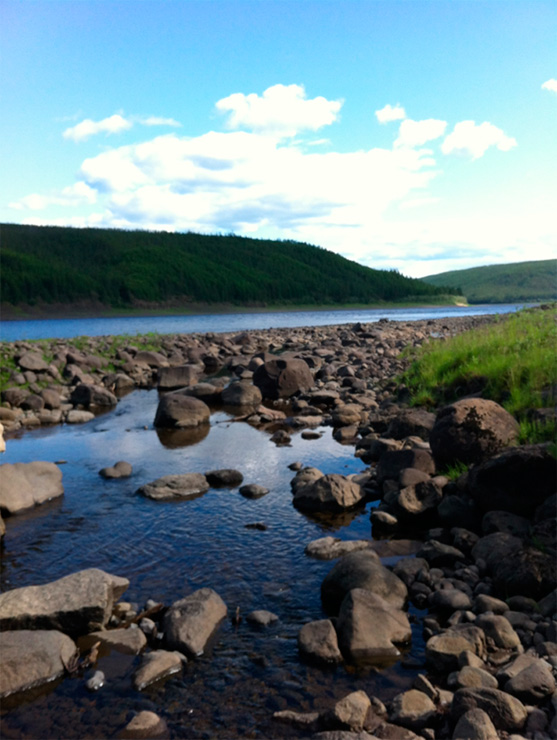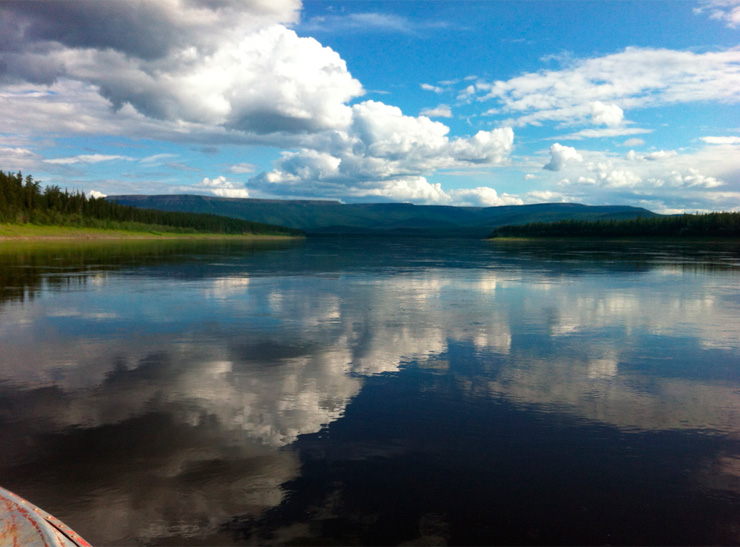Dr. Amons Research
Currently funded projects
1. A 20-year perspective of dissolved organic matter distribution in the Arctic Ocean: NSF 2025-2029
The Arctic atmosphere has been warming 3-4 times faster than the rest of the planet recently and receives disproportionally large amounts of river freshwater from the watersheds surrounding the Arctic Ocean. This study tracks the distribution of this freshwater and associated organic matter in higher spatial resolution than ever before. At the same time the new data set will be compared to historical data collected by the researchers in 2005 and 2015 and create a 20-year perspective for these observations. Combining the information on organic matter composition and distribution with other parameters like salinity, temperature, and the isotopic composition of water molecules allows the researchers to identify sources of freshwater in the Arctic Ocean and how it is distributed. More specifically, the new data will inform about the main freshwater sources (rivers, ice melt, precipitation) and their variability, which has consequences for how the Arctic region influences global climate and weather patterns. The organic matter entering the Arctic from the surrounding continents can be used as a tracer for the formation of the halocline, a water layer in the Arctic Ocean that isolates the sea ice on the surface from the much warmer subsurface Atlantic layer. The heat stored in this Atlantic layer has the potential to melt Arctic sea ice on much shorter timescales. Understanding the stability of the Arctic halocline is essential to predict future changes to sea ice cover and regional climate in the Arctic. The 20-year perspective generated as part of this project will inform on changes to this critical halocline layer over the last 2 decades.
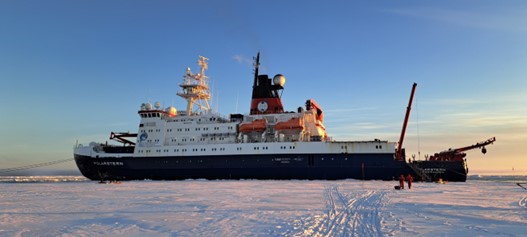
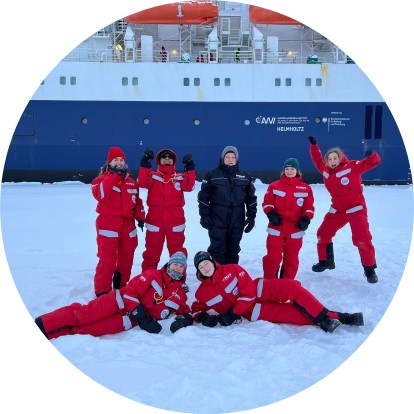
North Pole September 19, 2024
Ongoing and Past Projects
1. Dissolved Organic Matter (DOM) in the Arctic Ocean
This research depends on large research ice breakers as sampling platforms and we were involved in >15 major sampling campaigns in the past 20 years. Through our international collaborations we were able to cover the Eurasian Basin using Swedish, German, and Russian ships as well as the Canada Basin using Swedish, US, and Canadian ice breakers. During those expeditions we measure in situ CDOM fluorescence and determine the bulk, optical, and molecular properties of DOM in discrete water samples. Together with the hydrographic measurements during those cruises we are able to develop a better understanding with respect to 3 major questions in the Arctic Ocean.
- How useful is DOM as a hydrographic tracer and indicator for environmental change
- What is the role of DOM for the carbon cycle in the Arctic Ocean
- How important is DOM for the solubility and transport of trace elements in the Arctic Ocean

As part of this research program we collaborate with colleagues from within the US as well as other countries including Canada, Germany, Netherlands, Denmark, Sweden, Norway, France, Spain, and Switzerland. Recently, we started exciting collaborations with the Los Alamos National Laboratory where collaborators use our observations to validate numerical models they generated for the Arctic Ocean.
- University of South Carolina, USA
- AWI, Germany
- GEOMAR, Germany
- University of Gothenburg, Sweden
- NIOZ, Netherlands
- Technical University of Denmark
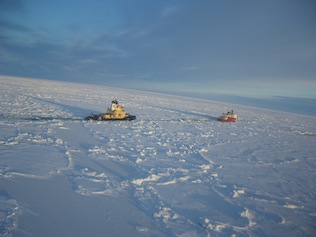
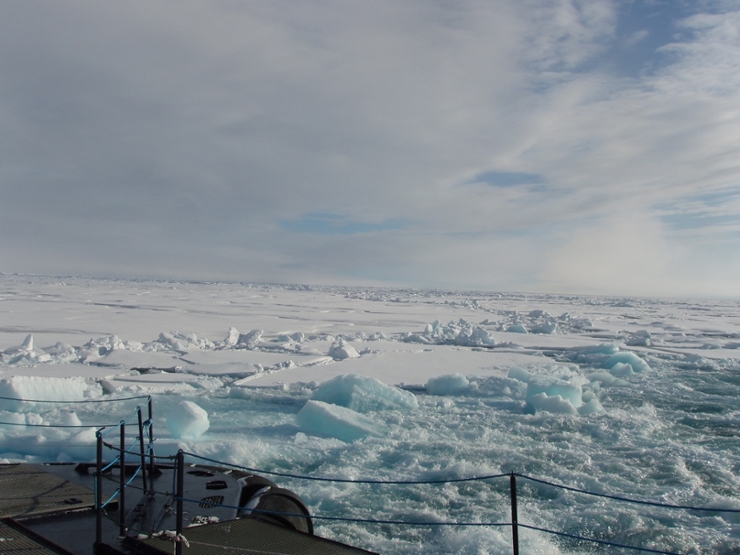
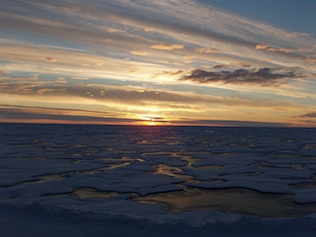
2. CIGOM project: Consorcio de Investigacion del Golfo de Mexico: CONACYT 2015-2020
The CIGOM project was funded by CONACYT and SENER, the Mexican Science Foundation and Ministry of Energy, respectively. It represents a multidisciplinary and international program involving 20+ Mexican Institutions along with collaborating institutions from France, Germany, Spain and the US. At the heart of the project lies the development of a profound understanding of the interactions of physical, biological, and chemical processes with large-scale oil spills in the Gulf of Mexico. The scope of the project includes observations from satellites, HF radar, moorings, AUVs’, and ships as well as modeling approaches. The Texas A&M group investigates biogeochemical aspects of the natural and anthropogenic carbon cycle by using a combination of classical water column sampling with new glider-based sensors to investigate the distribution and relationship of hydrocarbons and the natural pools of organic and inorganic carbon in the open and coastal GoM.
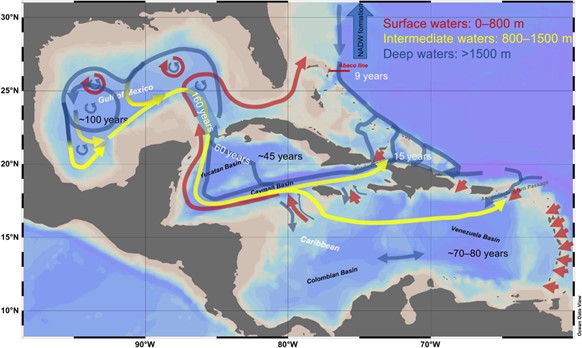
- CICESE - Center for Scientific Research and Higher Education at Ensenada, Mexico (lead institution)
- Universidad Autonoma de Baja California, Ensenada, Mexico
- Geochemical and Environmental Research Group (GERG), TAMU, USA


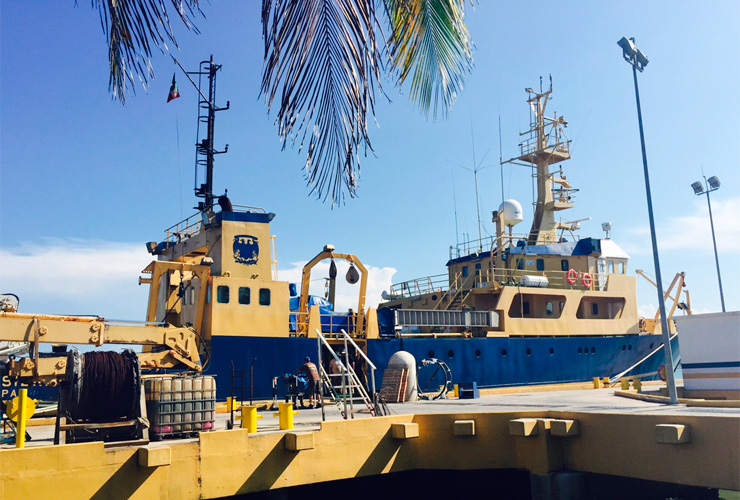
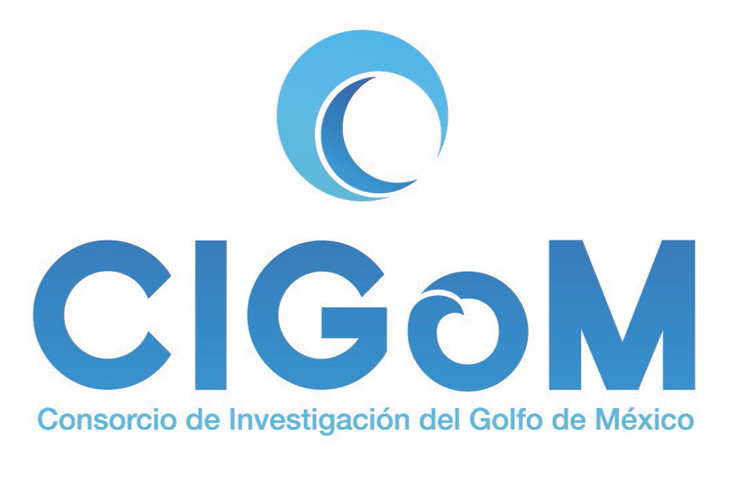
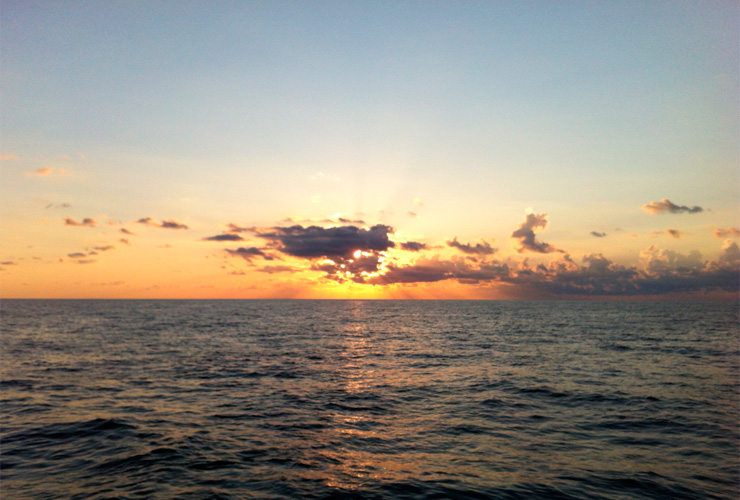
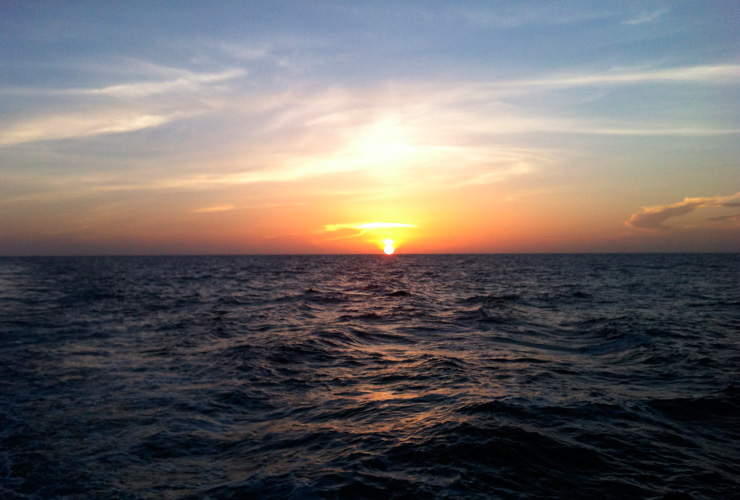
3. Compilation of dissolved organic matter (DOM) data obtained from global ocean observations from 1994 to 2020
This compilation consists of measurements of dissolved organic matter (DOM) and other chemical and hydrographic parameters obtained during the global ocean observations from 1994-01-01 to 2019-12-31. Measurements of dissolved organic matter (DOM) in the open ocean have increased greatly since the late 1980's, spurred by the growth in scientific interest directed at the ocean carbon cycle. DOM data generated by many laboratories around the world are typically made available in diverse, regional data archives, making them less available than necessary for the data value to be maximized. The effort here was to make ship-collected bottle data accessible more directly and in uniform format. The emphasis was on spatial coverage of the global ocean, so the well-known and ongoing time-series data (such as the Bermuda Atlantic Time-series Study and Hawaiian Ocean Time-series) are not included; nor are coastal waters well represented in this first version. While the focus of this compilation is largely on dissolved organic carbon (DOC) and total dissolved nitrogen (TDN), we extended coverage to include the less frequently determined DOM isotopes (13C, 14C), select wavelengths and a single spectral slope of colored dissolved organic matter (CDOM), and DOM composition (i.e., dissolved combined neutral sugars). To the extent possible, the DOM data have been complemented with hydrographic data (e.g., temperature and salinity), other biogeochemical variables (e.g., oxygen, nutrients), the inorganic carbon system [e.g., dissolved inorganic carbon (with isotopes when available), pH, and total alkalinity], and anthropogenic (chlorofluorocarbons, sulfur hexafluoride, carbon tetrachloride) and natural tracers (neon, helium, tritium). A very few data are included for biological variables such as bacterial abundance and chlorophyll a concentrations. These data, from approximately 14000 stations (map below), are from taken from 230 cruises, providing 94324 measures of DOC (full water column where available) and 29113 measures of TDN (limited to the surface 250 m).
4. Carbon Fluxes and Transformations in Siberian Watersheds and Rivers: Russian Foundation for Basic Research, NSF 2014-2018
Between 2014 and 2022 we were involved in a bilateral research project in Siberia “Sensitivity of carbon fluxes to climate variability in the land-atmosphere-hydrosphere system of the Yenisei River catchment”. This project focused on a number of watersheds in the Central Siberian Plateau that are distinct in critical watershed characteristics. We are interested to identify the most important factors that control the lateral export of carbon species from the vast Siberian watersheds that contain significant amounts of organic matter relevant to global climate change feedbacks. More recently (2016) we have extended our focus to include fluxes of CO2 and CH4 from these vast Siberian river networks and this work was funded by NSF until geopolitical events put this program in a hiatus.
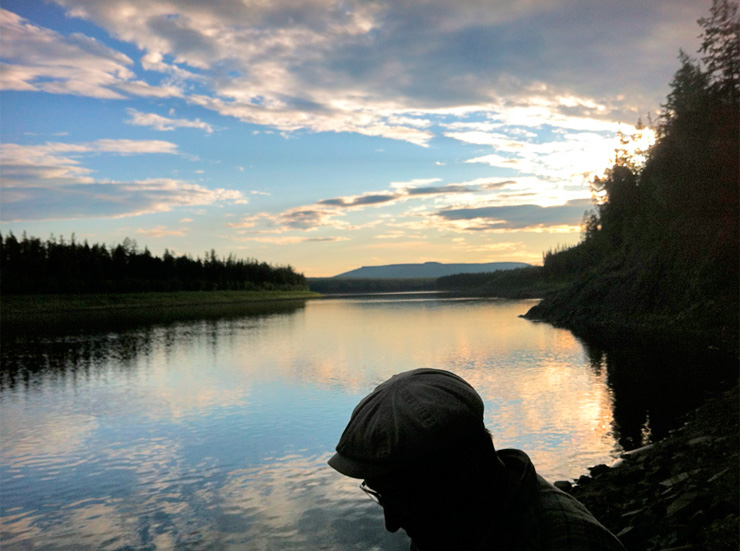
- Sukachev Institute of Forest (lead institution), Russia
- Leibniz-Universitaet Hannover, Germany
- Max Planck Institute for Biogeochemistry Jena, Germany

